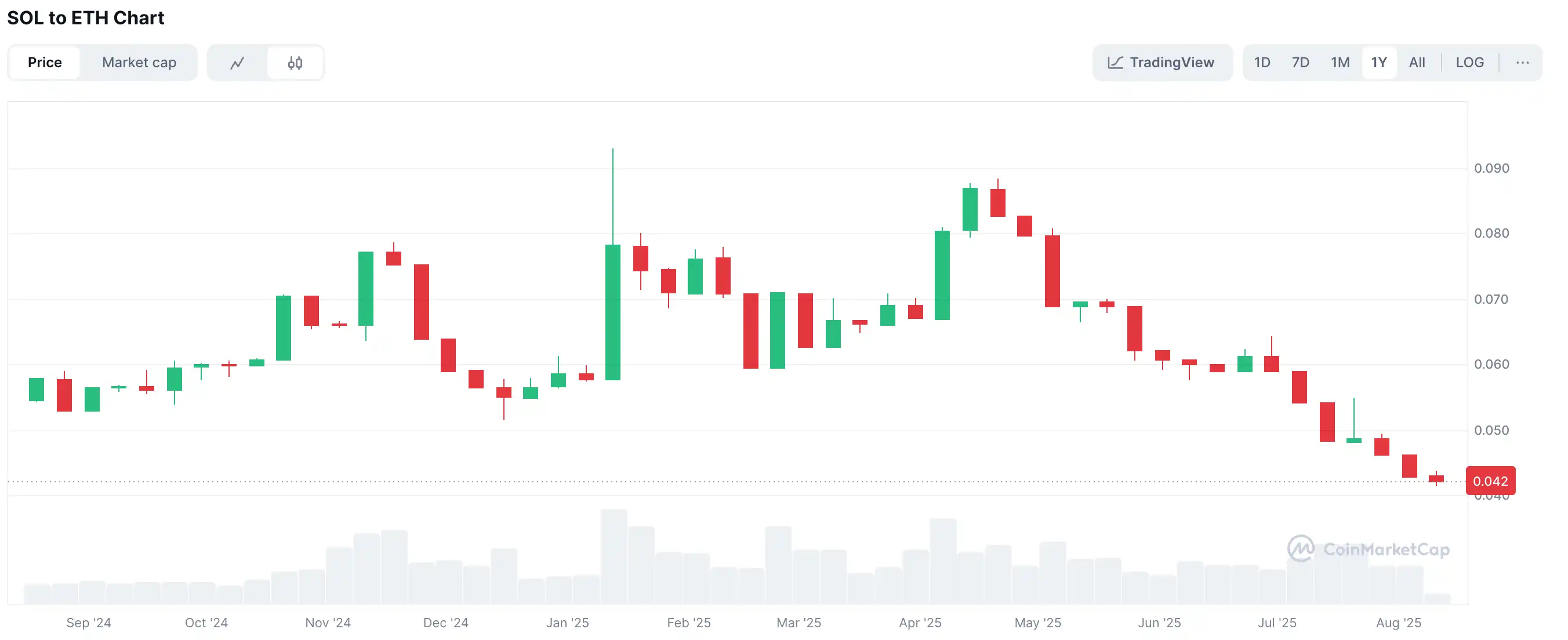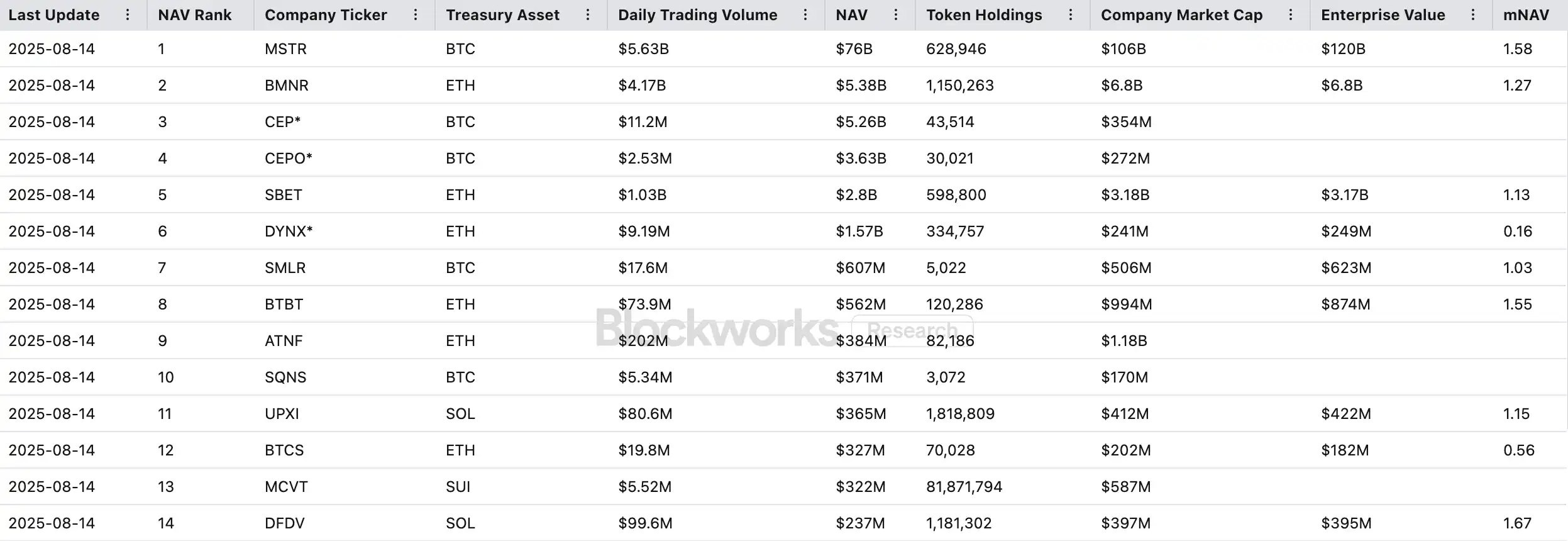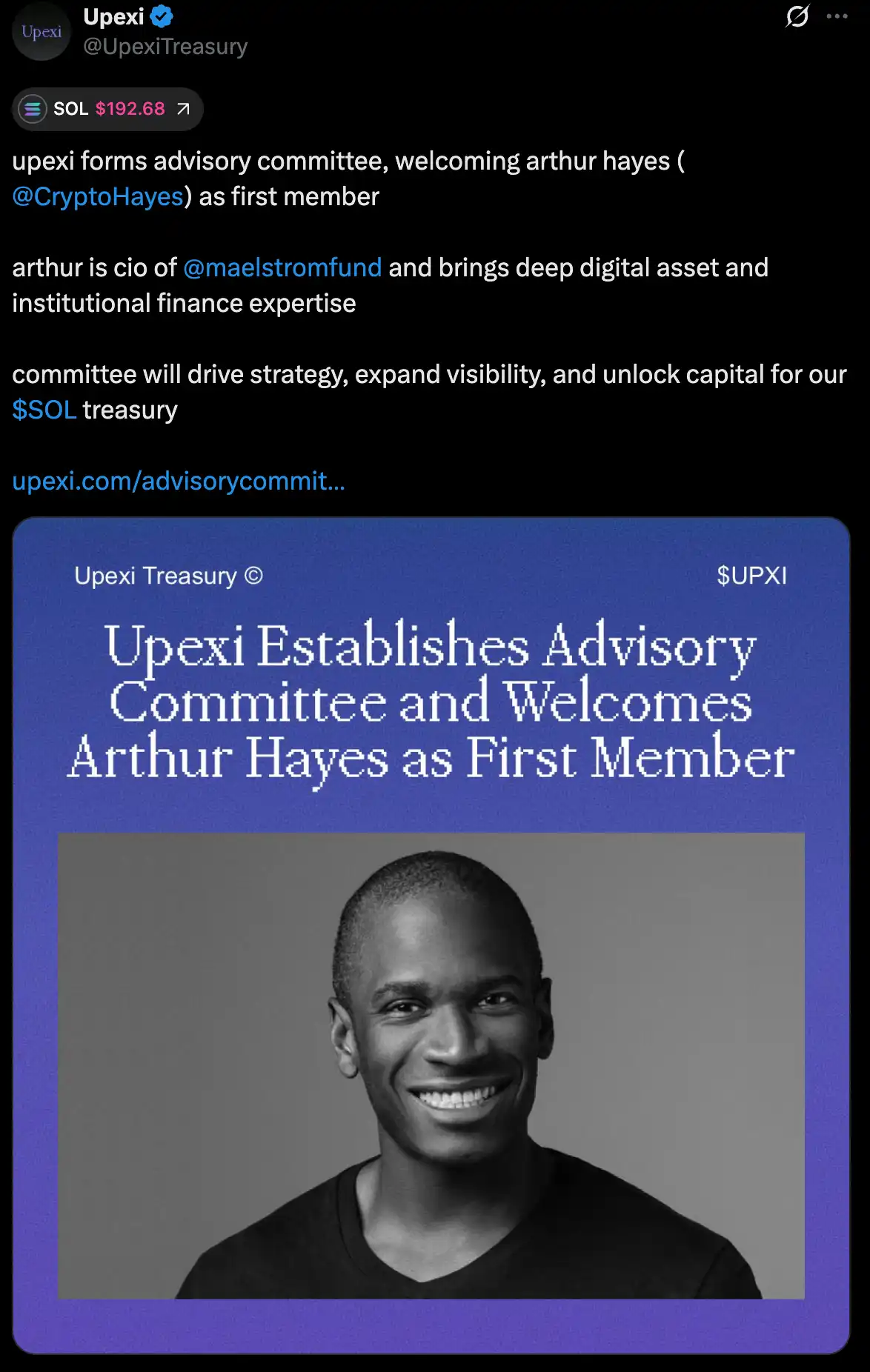On August 13, ETH strongly broke through $4,700, reaching a new high in four years, while during the same period, SOL struggled, hovering around $200. In 2024, Pump.fun sparked a meme frenzy across the entire Solana chain, and at the beginning of the year, Trump even launched $TRUMP on it, pushing SOL's price to around $300, leading to a surge of voices claiming "Solana will replace ETH."
However, the actual market trend provided a calm response. Despite both ETH and SOL advancing treasury strategies simultaneously, attempting to accumulate "bullets" for their ecosystems, their performances diverged significantly— the SOL/ETH exchange rate plummeted from 0.09 at the beginning of the year to 0.042, maintaining a weak pattern throughout the year. The underlying reasons may not only be price fluctuations but also a comprehensive reflection of narrative heat, ecological structure, and differences in capital expectations.

Treasury Strategy: The Dual Gap of Leadership and Capital Scale
On June 30, Wall Street's "contrarian bull" Tom Lee parachuted into BitMine as chairman, while ETH was still hovering around $2,500 that day. Just a month and a half later, ETH surged to $4,700, an increase of 88%. Lee has long appeared on top financial programs like CNBC and Bloomberg, and back in 2022, during the significant drop in U.S. stocks, he reversed market pessimism with his precise "bottom-fishing" remarks. Now, this market opinion leader has become the best spokesperson for ETH's treasury. Meanwhile, "Cathie Wood" of ARK Invest also invested $182 million in BMNR stock, further boosting confidence in the ETH camp.
Moreover, although both ETH and SOL have their respective treasury strategy companies, their scales differ vastly. In terms of holdings, BTC and ETH treasury strategy companies dominate the top ten. The leading "ETH Microstrategy" BitMine Immersion (BMNR) recently planned to increase its financing scale to $20 billion to buy more ETH. It currently boasts a NAV (Net Asset Value) of $5.3 billion, second only to MSTR. This level of capital means it has more "bullets" during market fluctuations and a stronger ability to shape market trends. In contrast, the leading "SOL Microstrategy" has a NAV of only $365 million, ranking 11th, more than ten times less than BMNR. Lacking a globally influential public spokesperson like Tom Lee and not having equivalent capital firepower, SOL naturally appears to be struggling in this market cycle.

However, recent new moves from Solana are gradually addressing this shortcoming. On August 12, "SOL Microstrategy" Upexi established a new advisory board and appointed Arthur Hayes as its first member. Hayes is the co-founder of BitMEX and the creator of perpetual contracts, having previously worked as a trader at Deutsche Bank and Citigroup, and now leads the digital asset investment fund Maelstrom. He has a traditional finance background and a deep understanding of crypto market structures, capable of providing practical guidance for institutional financing and digital asset strategies.

Upexi's strategic goal is clear: to leverage Solana's scalability and efficiency to further expand its layout in SOL. According to public documents, the company currently holds over 1.8 million SOL (valued at approximately $365 million) and will stake part of its holdings to earn 7%-9% returns, ensuring long-term holding while generating stable cash flow. Notably, the company will purchase locked SOL at a discount, bringing profits to shareholders. Upexi plans to recruit more members to join the advisory board to provide expertise in cryptocurrency and finance.
Meanwhile, other listed companies are also increasing their SOL holdings, such as DFDV further expanding its SOL holdings to over 1 million; BTCM disclosed a new purchase of about 27,190 SOL and plans to convert some crypto assets into Solana. This institutional demand is expected to reduce circulating chips in the secondary market, thereby forming support on the supply-demand level.
ETH ETF Leads, SOL ETF Awaits Breakthrough
The management scale of the ETH spot ETF has surpassed $22 billion, not only validating institutional recognition of ETH but also quickly establishing its absolute advantage in liquidity and market depth. With the continuous inflow of institutional funds, BlackRock submitted an ETH ETF staking application last month, which, if approved, will provide stable staking returns for holders and attract more long-term capital.
In contrast, although REX-Osprey launched a Solana ETF (SSK) with a staking mechanism in July, market enthusiasm has remained low, with net inflows being zero on most trading days, accumulating only about $150 million since its launch, and it is not a standard spot ETF registered with the SEC, but rather holds SOL indirectly through other vehicles. This structure combines a staking mechanism with offshore ETF configurations, increasing the complexity of understanding and operation, causing some institutions to remain on the sidelines; the issuer REX's influence in branding and channels is also far less than that of Wall Street giants like BlackRock and Fidelity, lacking heavyweight institutional endorsements.
Currently, the market's focus is shifting to the SOL spot ETF applications from VanEck, Grayscale, and others, which are expected to be approved in October. Once regulatory approval is granted, combined with the capital push from treasury strategies, if institutional investors begin to seek diversification from BTC and ETH into other quality assets, the SOL ETF may bring a new growth point for the Solana ecosystem.
Divergence in Application Narratives
From the perspective of application narratives, ETH and Solana are currently on two distinctly different tracks.
Ethereum is steadily building a compliant and sustainable on-chain financial infrastructure. The explosion of stablecoins has been described by Tom Lee as the "ChatGPT moment" for the crypto industry. Currently, the global stablecoin market cap has surpassed $250 billion, with over half of the issuance and about 30% of Gas fees occurring on the Ethereum network, which not only further solidifies ETH's core position in payment and settlement systems but also provides a continuous cash flow for staking, DeFi yields, and on-chain infrastructure.
Additionally, Robinhood has issued stock tokens on Ethereum Layer 2, and Coinbase is vigorously developing the Base chain ecosystem, all of which have brought more application scenarios to ETH. Currently, Ethereum has almost become the only main chain that can simultaneously meet regulatory adaptability, ecological maturity, and scale effects. Once ETH occupies a key node in stablecoin payments and RWA settlements, its strategic position will be prioritized by financial institutions like a "structural subscription right."
On the Solana side, the main narrative focuses more on meme coins and the Launchpad battle, which are high-volatility tracks that have been discussed repeatedly. Although there have been multiple attempts this year to enter the RWA field, supporting a series of tokens like $IBRL and Believe under the slogan "Internet Capital Market," all have ended in failure. However, a turning point has recently emerged. On August 8, CMB International, a subsidiary of China Merchants Bank, partnered with Singapore's DigiFT and Solana public chain service provider OnChain to tokenize a dollar money market fund recognized in Hong Kong and Singapore, issuing CMBMINT on-chain, setting a benchmark for cross-border RWA compliance cooperation. On that day, the SOL price broke through $200, and the market immediately regarded it as a potential new narrative starting point, hoping this new application scenario could open broader institutional funding channels for Solana.
Conclusion
Currently, although Solana still lags behind ETH in key indicators such as market enthusiasm and exchange rate performance, its underlying competitiveness and potential space have not been diminished. As the "American chain," it inherently possesses higher regulatory adaptability and capital recognition. At present, ETH has gained institutional favor through treasury strategies, ETF booms, and RWA and stablecoin applications, but this also leaves room for SOL to "catch up" and switch narratives.
Structurally, the expectation of spot ETF approvals will open new institutional funding channels for SOL. Once products from giants like VanEck and Grayscale are approved, market liquidity and trading depth may experience a leap. Moreover, the cross-border landing cases of RWA have also proven that Solana's application capabilities on high-performance public chains are not limited to memes and Launchpads, and there is still significant room for improvement in penetration rates in areas like DeFi, payments, and asset tokenization. The current pullback seems more like a buildup of strength rather than a curtain call.
免责声明:本文章仅代表作者个人观点,不代表本平台的立场和观点。本文章仅供信息分享,不构成对任何人的任何投资建议。用户与作者之间的任何争议,与本平台无关。如网页中刊载的文章或图片涉及侵权,请提供相关的权利证明和身份证明发送邮件到support@aicoin.com,本平台相关工作人员将会进行核查。




